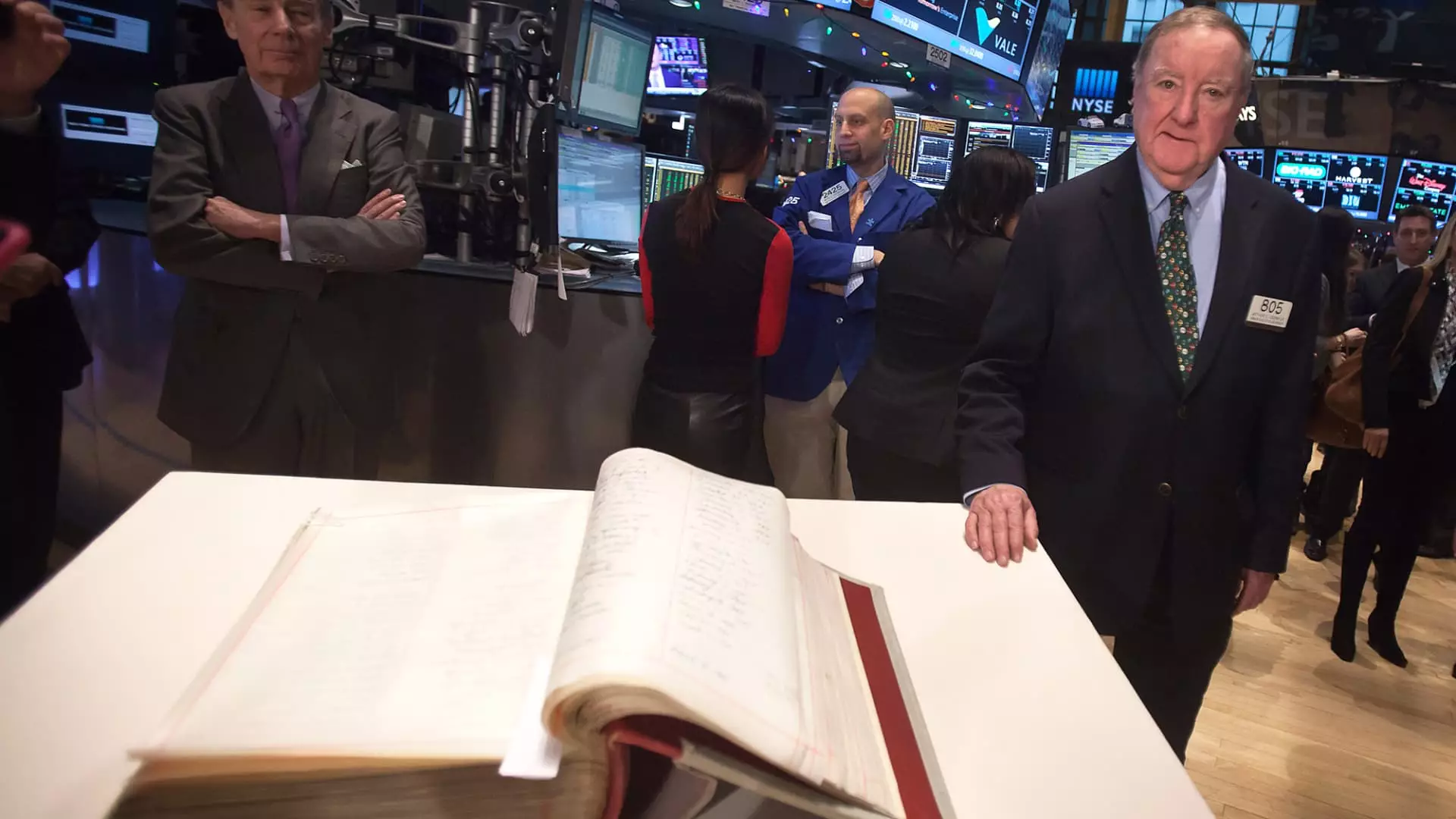Art Cashin, the longtime director of floor operations at the New York Stock Exchange (NYSE), was not just a figure in finance but a poet, historian, and a beloved father. With his recent passing, a symbolic tradition was broken, but his sons, Arthur and Peter, managed to channel their grief into a heartfelt tribute—both a remembrance of their father and a reflection on the year’s events. This article explores the legacy left behind by Cashin and the broader implications of his work on Wall Street and beyond.
For decades, Cashin marked the beginning of each new year with a poem that blended wit and wisdom, summing up the past year’s notable events and foreshadowing what might come next. His ability to infuse warmth into the often cold corridors of finance is a testament to his character; he was more than just an analyst—he was a storyteller who bridged the gap between numbers and human experience. In a world dominated by algorithms and cold financial calculations, Cashin’s unique voice provided a refreshing reminder of the narrative behind the market—shining a light on the stories of struggle, triumph, and resilience that defined the human experience within the sphere of economic prowess.
The year 2024 was significant not only for Wall Street but for the world at large. The tribute from Arthur and Peter Cashin served as a mirror reflecting the swirling chaos of global politics and local challenges. The mention of events like the Summer Olympics in Paris, disrupted by unexpected disasters, and the ongoing conflicts in Ukraine and Gaza speak to a world in turmoil. In a very real sense, Cashin’s yearly reflections were more than just a personal endeavor; they served as a barometer for collective memory, illustrating how interconnected the events of our lives truly are.
The poem further dives into the ramifications of political shifts, hinting at elections where incumbents faltered and where new leaders emerged—vignettes of change that resonate with a populace eager for renewal. The notes on Wall Street experiencing a historic bull run portray a stark contrast to the other narratives of loss and upheaval, capturing the duality of progress and grief in the economic landscape. It is crucial to admire how Cashin could take an often sterile financial report and craft it into a humanized version of events that everyone could resonate with.
Art Cashin’s legacy extends beyond fiscal policy and profit margins; it is rich with personal anecdotes and a deep sense of humanity. His influence as a mentor, historian, and philanthropist established him as a pillar in both the finance community and the broader world. The playful critique of their father’s humor—questioning whether he was as funny as the legendary Bob Newhart—highlights a genuine affection that paints Cashin not just as an iconic figure but as a father who immersed himself in the lives of those he loved.
Furthermore, the tribute serves to show how Cashin’s legacy as a Jesuit scholar and an Xavier alumnus paved the way for a dedication to education and mentorship.
As the Cashins conclude with their well-wishes for the new year, they remind us that life is fleeting, and the relationships we cherish ought to be prioritized. Their poignant message encapsulates the human spirit’s resilience and the importance of community and family, effectively highlighting that while the world faces uncertainty, there is comfort in shared experiences and collective memory.
In closing, as they prepare for their New Year’s Eve ceremony—a tradition originally led by their father—one can only hope that the warmth and positivity that Art Cashin infused into his work will continue to inspire not just financial markets but human connection as well. As we enter 2025, let us carry forward the essence of Cashin’s legacy: a blend of humor, humanity, and unwavering dedication to one another.

